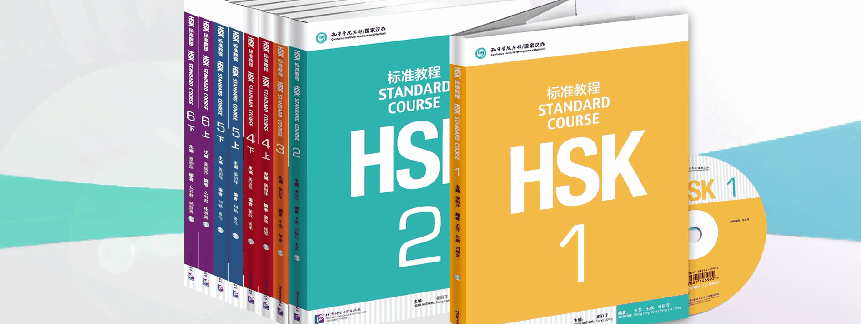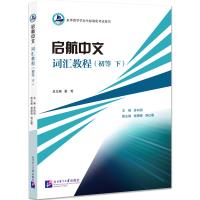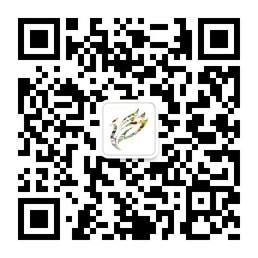Online Bookstore
Setting Sail with Chinese: Vocabulary Course (Elementary Ⅱ)
Author:Su Xiangli
- Medium:Books
- ISBN: 978-7-5619-6742-3
- Page Count: 360
- Size:
- Pub Date:2025-04
- The book weight: 760 g
- Annotation Language:
- Course:Vocabulary
- Target Audience(Age):Middle School,College ,Adults
- Target Audience(Language):Elementary
- Price:
-
Category: Textbooks >Study in China >Long-Term
Textbooks >Study in China >College-Prep
More














